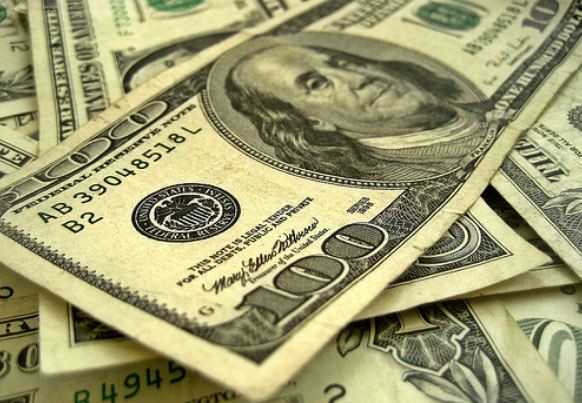Foreign Direct Investments (FDIs) in the United States plummeted 32 percent to $259.6 billion in 2017 from $379.7 billion in 2016, said the Department of Commerce.
Of this lower total, 40 percent came from European countries, while the largest single foreign investor was Canada with whom the U.S. is now locked in a virulent trade tariff spat. Canadians invested $66.2 billion in the United States, followed by the United Kingdom ($40.9 billion); Japan ($34.0 billion) and France ($23.1 billion).
The largest foreign investments went to the larger American states. California received the most FDIs ($41.6 billion); Texas had $39.7 billion and Illinois, $26.0 billion.
Manufacturing was the favorite industry destination of FDIs. Manufacturing firms received FDIs amounting to $103.7 billion, or 40 percent of total FDIs in 2017. It had the largest share of FDIs among major industries.
Within manufacturing, the largest FDIs went to food manufacturing ($34.0 billion). There were also large FDIs in information ($25.7 billion) and in real estate, rental and leasing ($17.0 billion).
In 2017, employment at newly acquired, established or expanded foreign-owned businesses in the U.S. came to 554,300 employees. Current employment of acquired enterprises stands at 549,700. Total planned employment was 577,200. This total includes current employment at acquired enterprises; the planned employment of newly established business firms when fully operational, and planned employment associated with expansions,
An FDI is an investment made by a firm or individual in one country into business interests located in another country. An FDI occurs when a foreign investor establishes a business operation or acquires foreign business assets, including establishing ownership or controlling interest in a foreign company.
America's share of global FDIs has declined over the years because developing countries are becoming more competitive, and a more attractive destination for FDIs.





